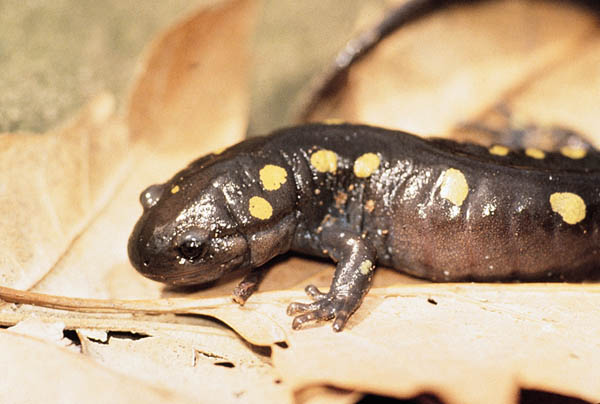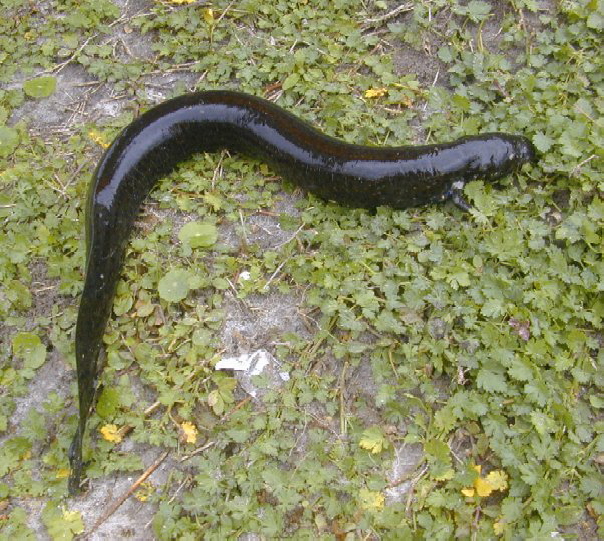 With their highly-permeable skins, amphibians absorb ammonia and other pollutants over a greater surface area than do fishes. Surinam Toads, Axolotls, tadpoles and other aquatic amphibians are most at risk from poor water quality, but even terrestrial species such as toads and Fire Salamanders can quickly succumb to water-borne toxins while soaking in terrarium pools. Keeping their water clean, both visibly and chemically, can be quite a challenge.
With their highly-permeable skins, amphibians absorb ammonia and other pollutants over a greater surface area than do fishes. Surinam Toads, Axolotls, tadpoles and other aquatic amphibians are most at risk from poor water quality, but even terrestrial species such as toads and Fire Salamanders can quickly succumb to water-borne toxins while soaking in terrarium pools. Keeping their water clean, both visibly and chemically, can be quite a challenge.
General Considerations
Natural History
Your pet’s natural history will determine the type of filter that should be used. For example, newts and Dwarf Clawed Frogs will be stressed by fast currents, Hellbenders are extra-sensitive to water quality, many species are prone to bacterial attack in highly-oxygenated waters, and so on. Please post below if you need help in selecting a filter.
Types of Filtration
Biological filtration, wherein aerobic bacteria convert ammonia to less harmful compounds (nitrites and nitrates), is the most important of the three basic filtration processes. Ammonia enters the water via dead animals and plants, uneaten food and the occupants’ waste products. The organisms involved in the process, Nitrosomas and Nitrobacter bacteria, live on substrates that are bathed with oxygenated water (i.e. gravel, filter pads). Read More »
 That Reptile Blog – Reptile, Amphibian and Exotic Pet Care and Information
That Reptile Blog – Reptile, Amphibian and Exotic Pet Care and Information



